What is the function of coffee cup test? Explain the coffee cup test process in detail. What information can the cup test tell you?
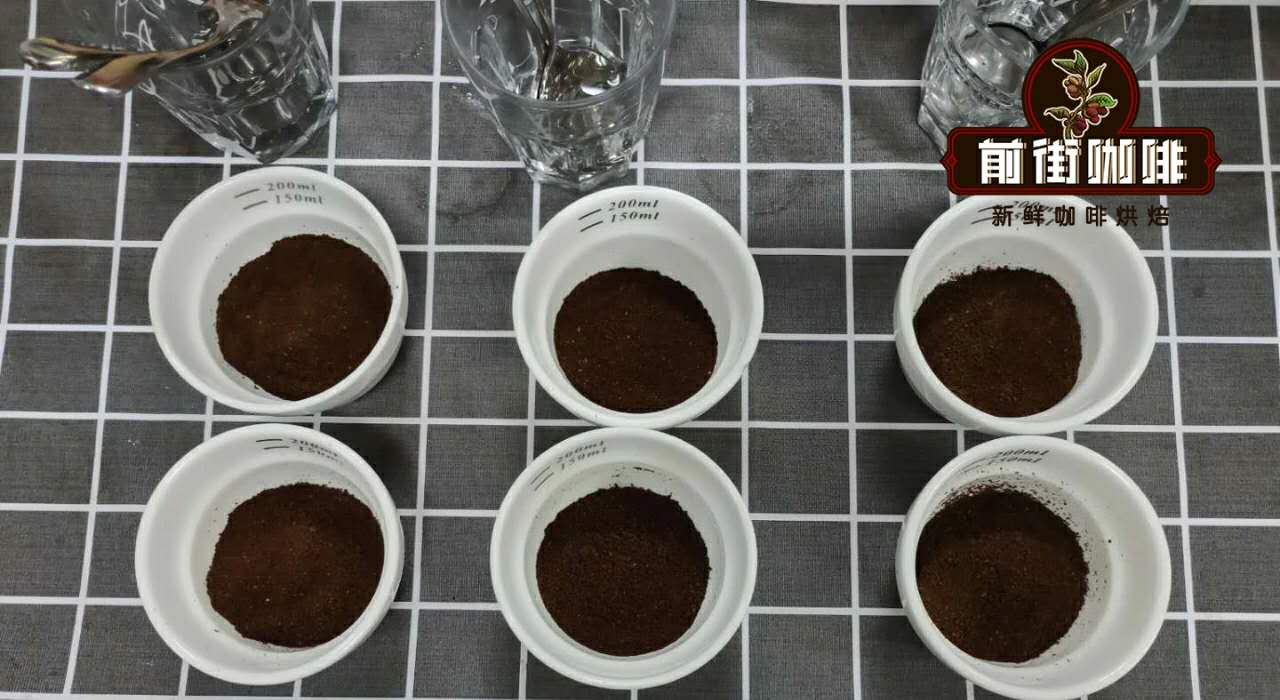
Cupping began in the United States around 1980 as a sampling process adopted by coffee companies to ensure the quality of coffee, a secret technology designed to identify major flaws and avoid buying unusable coffee.
But... What on earth is a cupping? I believe that when many people hear the coffee cup test, they will think of the foreign expert who will appear in the coffee advertisement, with a bunch of cups full of coffee in front of him, and his job is to drink all the coffee and grade it (feels like a wine taster). But is that really the case? Is cupping a professional display or just a gimmick to attract customers? Today, the editor will take you to understand the meaning and purpose of "cupping".
First of all, let's take a look at the origin of cupping, which began in the United States in 1980 as a sampling technique adopted by coffee merchants for coffee quality, designed to identify major flaws and avoid buying unusable coffee. But until now, cupping has developed from the investigation of coffee quality assurance in the past to the identification, development of formula beans, competitions and so on.
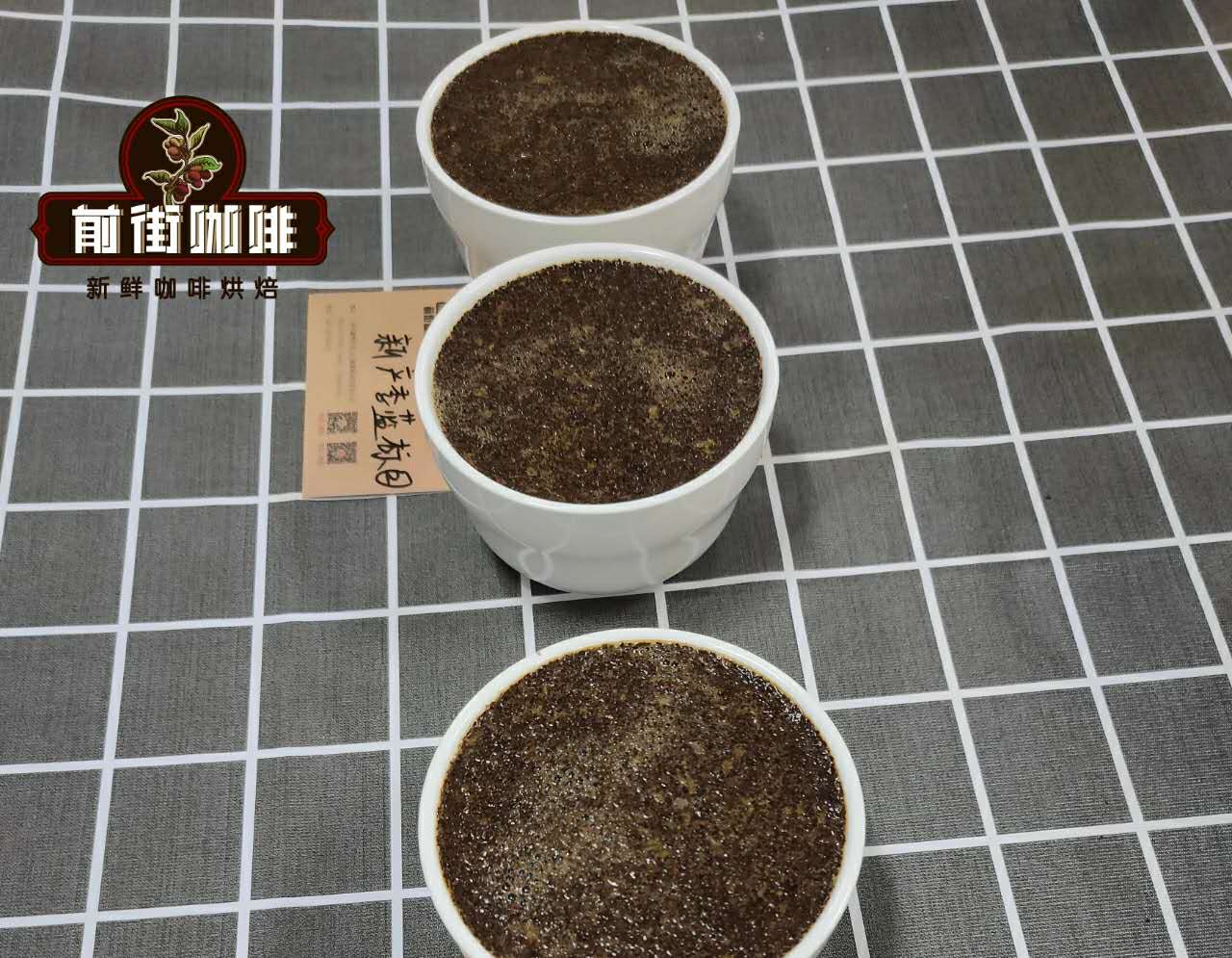
Cupping tables such as SCAA and COE are currently the most commonly used systems in the boutique coffee industry, and they are more or less the same. Nowadays, cupping has become one of the skills that must be learned in the coffee industry.
Everyone can become a coffee cup tester, do not think that it is difficult to understand and learn, in fact, as long as you drink more coffee and practice more, set up your own coffee flavor database in your head, you will be able to become a professional coffee cup tester!
But there are a few things to know before becoming a coffee cup tester:
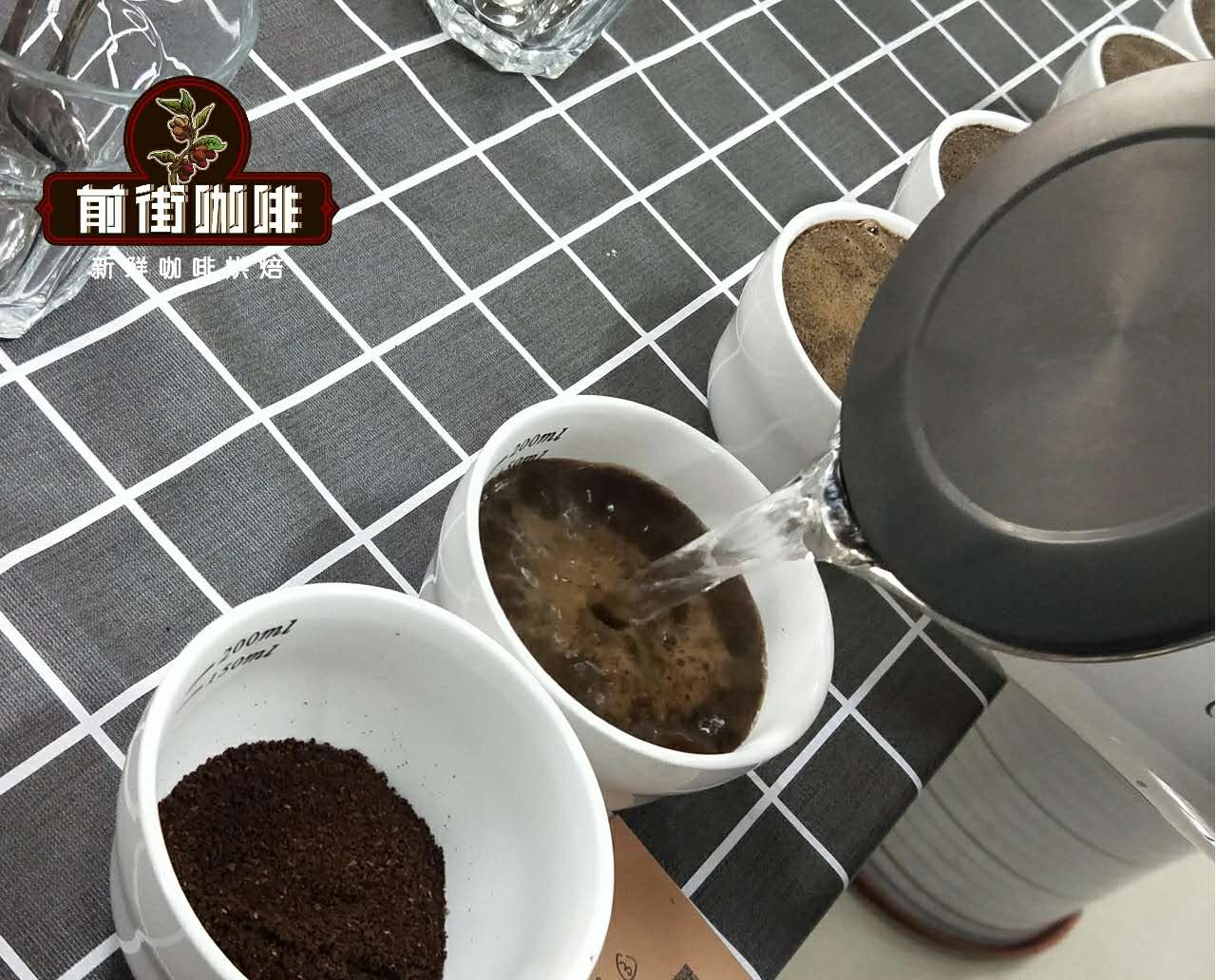
Standardized baking: the baking time is between 8-12 minutes, from the end to the second explosion, when the firepower is more average, this way can achieve medium-baked full-flavor baking, not too sour and too charred, carbonization will not be too dramatic. Then cool to room temperature and leave in a cool, dry place.
Standardized extraction:
Cups: use clean glass or ceramic cups and lids with uniform material specifications.
Water quality: clean and tasteless water.
Grinding degree: slightly fine or close to the thickness of French pressed coffee powder. Remember to use the ground coffee powder as soon as possible or the flavor will run away. (remember not more than half an hour at most)
Concentration: the ratio of grams of coffee beans to hot water is about 1pur18.18, that is, 11g of coffee powder is extracted with 200ml water.
Water temperature: the optimum water temperature for Meibei extraction is 93, and the water is evenly mixed with coffee and soaked. Soak time: 3-5 minutes, no need to stir.
Standardized evaluation: the cup test environment is quiet and clean.
Cup tester: there is a special cup tester.
Sipping: the action of sipping in a cup is exaggerated, which is to use a spoon to hold coffee and suck it into the mouth, which can improve the efficiency of taste and smell.
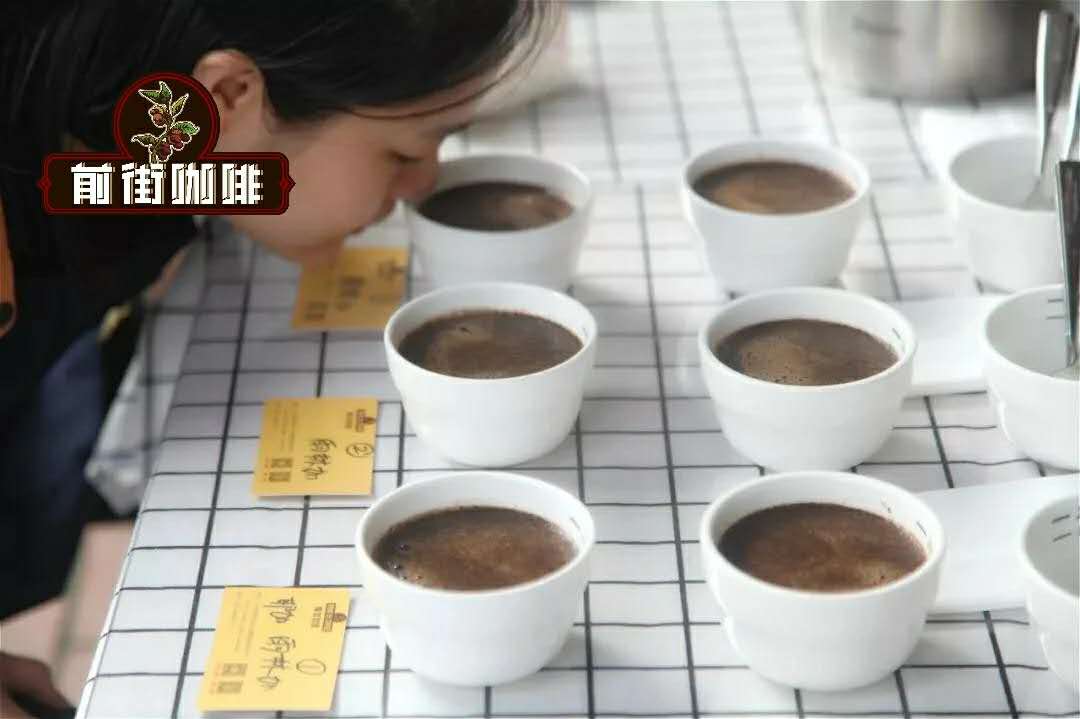
The six steps of Cupping:
1. Comment on dry incense and wet incense
2. Evaluate the taste spectrum, aftertaste, sour taste and balance.
3. Evaluation of sweetness, consistency, cleanliness and overall evaluation
4. Comprehensive scoring
5. Demerit points
6. Final score
International cup testing is complicated and daunting, but don't be afraid, as long as you master standardized baking, standardized extraction and standardized evaluation, you can conduct cupping at home or in a cafe. But if you do not meet the above three points, it will be difficult to call it cupping ~ remember ~
World Cup Tasters Championship is a coffee event that is somewhat the same as Cupping, and we can call it Tasting. The content of the competition is to test the contestants' professional skills, speed and accuracy in distinguishing the taste of coffee. During the competition, eight groups of coffee will be served at the same time, each with three cups, of which two cups are exactly the same. The purpose of the competition is to allow contestants to distinguish between different cups of coffee in the shortest possible time, so Cupping Tasting's competition does not require coffee beans, but tests people's ability to detect the flavor of coffee.
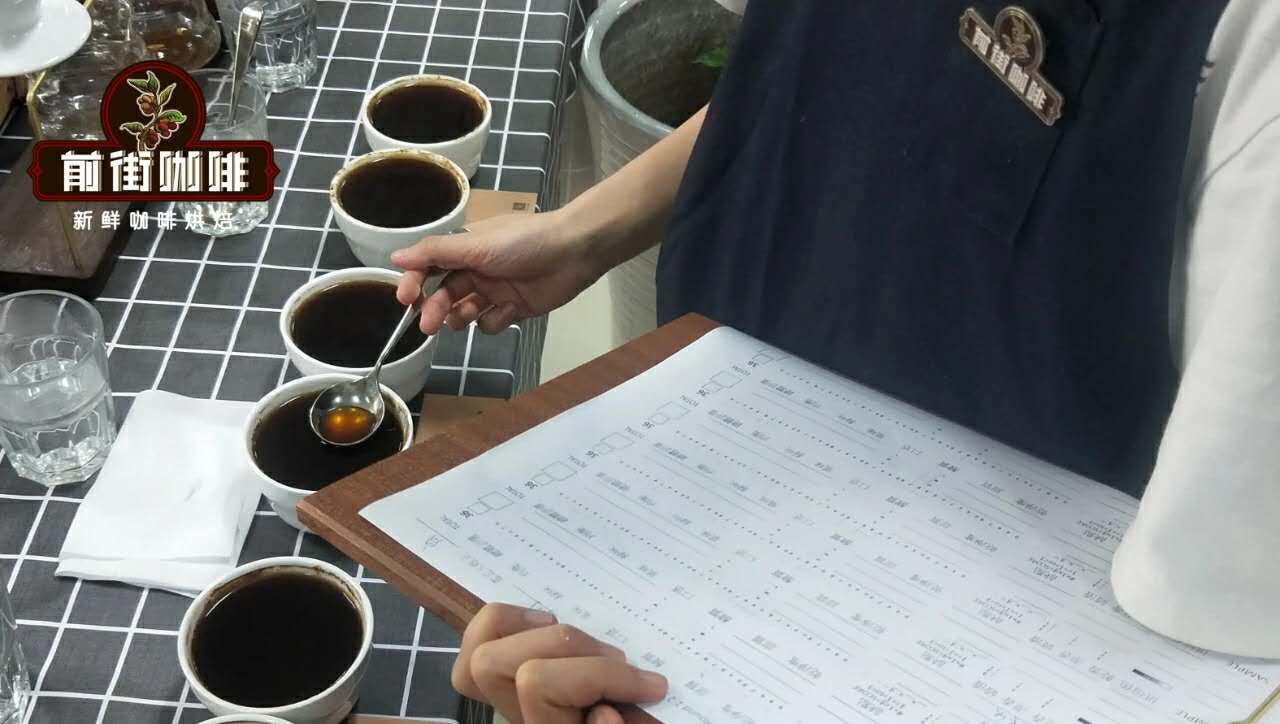
But some people regard Cupping Tasting as a myth and think that coffee cup testing can make coffee show more flavor, which is a bit misleading.
The main purpose of coffee cup testing is to let us know the nature of coffee flavor. The reason for using this method is that it can reduce the most errors caused by brewing / extraction. Not only can we compare whether the sample beans have the same flavor (three to five cups), flavor, and even know our favorite baking degree, grinding degree, and so on.
Some people think that the cup test should be a fixed baking degree, but looking back, if you or your guests like the baking degree is different from the cup test requirements, does it make sense for you to use the cup baking test? Therefore, if the cup test is not a competition for coffee beans and a competition for taste, it can actually be very free. In addition, he can also know your cooking skills, which also allows some friends who have misconceptions about the cup test to clarify.
The cup test flavor is definitely not the best flavor! If you just grind the coffee beans and pour water to boil and impregnate them, it tastes better than if you use all kinds of cooking equipment. Why do you spend so much time using these equipment? So, in fact, the cup test can not only detect the nature of coffee beans, but also be used as a test of your cooking skills.
Important Notice :
前街咖啡 FrontStreet Coffee has moved to new addredd:
FrontStreet Coffee Address: 315,Donghua East Road,GuangZhou
Tel:020 38364473
- Prev
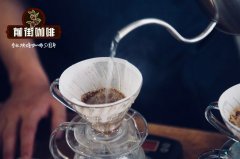
What is the effect of different degree of grinding on coffee extraction?
Trained baristas know the importance of choosing the right degree of grinding for different cooking methods. In fact, most coffee shops calibrate bean grinders regularly throughout the day to keep their products consistent. However, if you make coffee at home, you may not have considered why the degree of grinding is important. This may happen if you buy pre-ground coffee powder
- Next
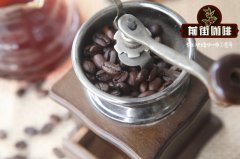
How to choose high quality coffee beans? You should pay attention to this kind of coffee beans.
1. Choose the seemingly inconspicuous holes in the coffee bag packed with an one-way valve. It is not for you to smell incense. It is the key to keeping fresh. It has a professional name, called "one-way discharge valve", which means that the gas in the bag can only "discharge" the oxygen in the bag and cannot enter the oxygen from the outside to ensure the quality of the coffee beans. There is an one-way valve
Related
- Beginners will see the "Coffee pull flower" guide!
- What is the difference between ice blog purified milk and ordinary milk coffee?
- Why is the Philippines the largest producer of crops in Liberia?
- For coffee extraction, should the fine powder be retained?
- How does extracted espresso fill pressed powder? How much strength does it take to press the powder?
- How to make jasmine cold extract coffee? Is the jasmine + latte good?
- Will this little toy really make the coffee taste better? How does Lily Drip affect coffee extraction?
- Will the action of slapping the filter cup also affect coffee extraction?
- What's the difference between powder-to-water ratio and powder-to-liquid ratio?
- What is the Ethiopian local species? What does it have to do with Heirloom native species?

